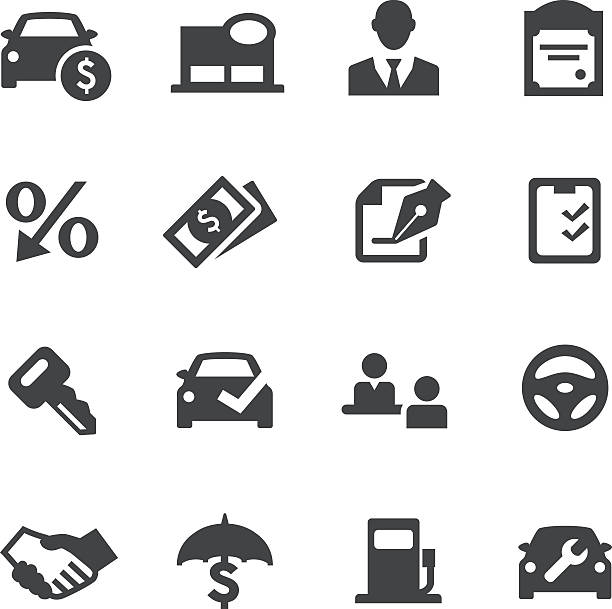There is a tendency to speak interchangeably of credit and loan when we need financing as if they were synonyms, but what are the differences between a credit and a loan?
The truth is that they are different products. In personal loans, the bank delivers a fixed amount of money to the client that must be repaid-with interest, while in credit, an amount of money is made available to the client, which is granted according to the client’s needs, during a time.
Characteristics of a loan
The characteristics that define the loan are summarized in:
• The delivery of a fixed amount of money at once, generally for the purchase of a good or service, such as the purchase of a car or to finance studies for a master’s degree, for example.
• The return of the amount delivered plus interest must be made within a certain period.
• The loan is repaid through installments that are generally monthly. During the previously set period. Once the money is returned, no more money can be made available if a new loan is not signed.
• Loan interest is calculated on the total amount of money borrowed.
Characteristics of a credit
A credit or line of credit is characterized by:
• Not all the money is delivered at the beginning of the operation, but it can be made available little by little, according to the client’s capital needs.
• Although there is a fixed amount, in the credit it is not mandatory to use all the money. The client can use only a part or even nothing if he has no need.
• Interest is paid on the part of the capital used and as the loan is repaid, more money can be made available, provided the limit is not exceeded. However, some banks may charge a minimum commission for the undrawn credit balance.
• The line of credit is usually renewed every year so that the client can have money.
•The credit is used to cover exceptional expenses for which liquidity is not available.
Differences between credit and loan
Let us now see what are the differences between credit and loans. First of all, the purpose for which they are used is different. The credit is more used by companies and the self-employed to cover the lack of liquidity at specific times but it is also used by individuals, while the loan is used to finance purchases that require a large capital.
Secondly, they differ because the credit is a more flexible product since it is the customer who decides the amount they need, within the set limit, and when to repay it, while in the loan there is a fixed amount, which is not It can be extended, and repaid within a certain time, unless another loan is signed.
Finally, the interests are also different. In the credit, they are usually higher than in the cab loan, but it has the advantage that interest is only paid for the amount of money used, not for the totality as it happens with the loan.
Therefore, the choice of one or another financing method depends a lot on what the money is needed for and the cost, so it is convenient to make calculations to know when you are interested in requesting a loan or credit.
Differences need to know
The basic differences between loans and lines of credit are:
- In the loan, the total amount agreed at the initial moment is delivered. On the other hand, in the line of credit, only the necessary amount is available at each moment.
- In loans, interest must be paid from the moment the capital is delivered, while in lines of credit, interest will be paid when the necessary capital is available.
- While the line of credit can be renewed several times at maturity, the loan must be repaid within the agreed term.
- The term of the line of credit is less than that of the loan.
- Interest rates are usually higher on lines of credit than on loans.
- The users of the lines of credit are normally the self-employed and small and medium-sized companies, who need to have their liquidity needs covered at specific times. The objective of the loans is usually the acquisition of high-value assets (such as vehicles), the financing of long-term capital needs, or the start-up of an investment of a certain size.
In both cases, it is important to carefully analyze the money that is needed and for how long and to assess that there are several loan options depending on the specific need.



